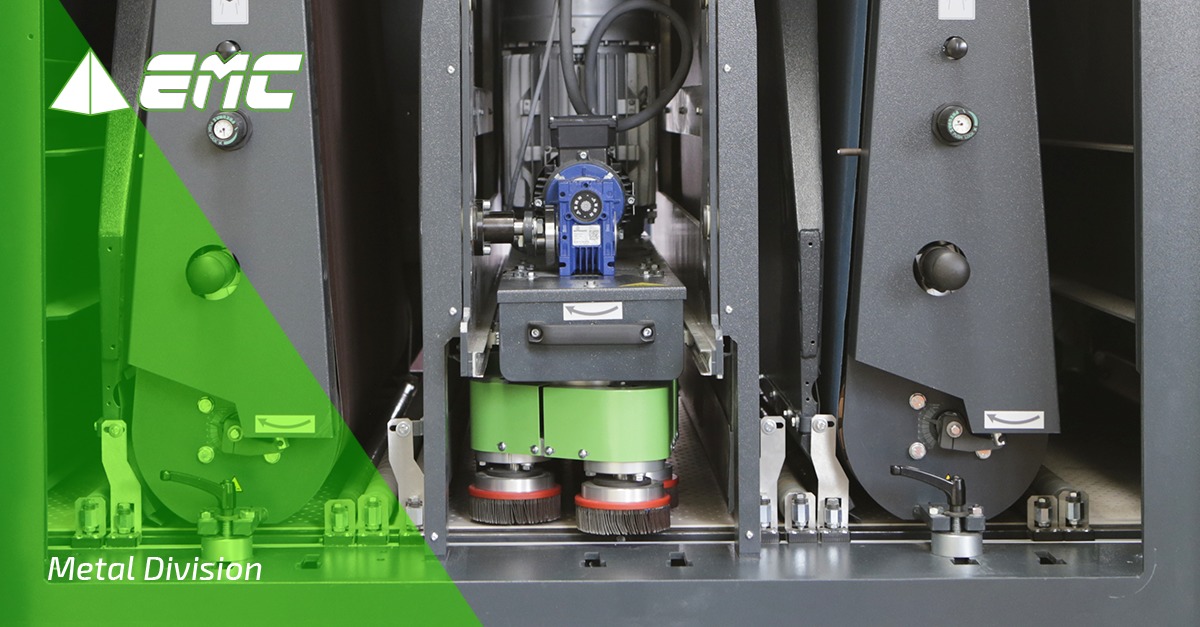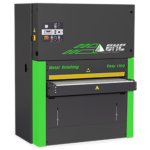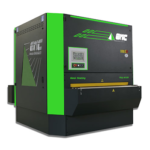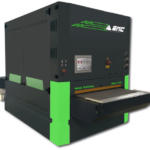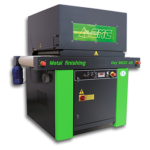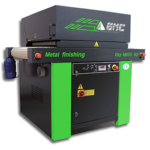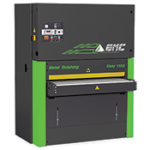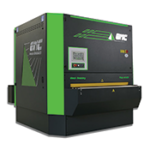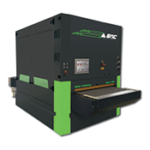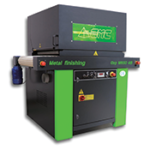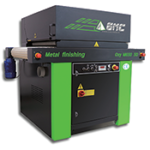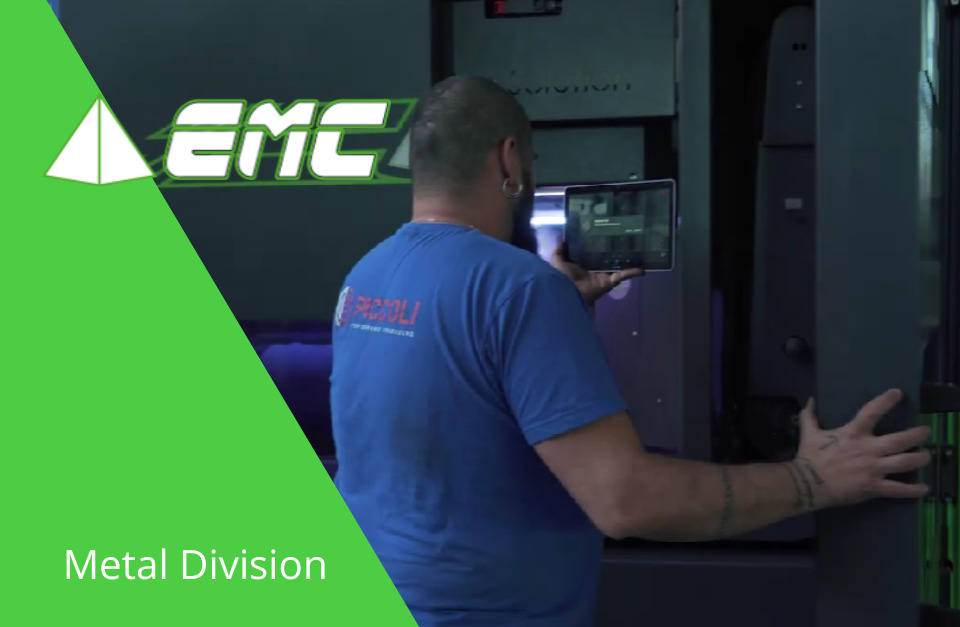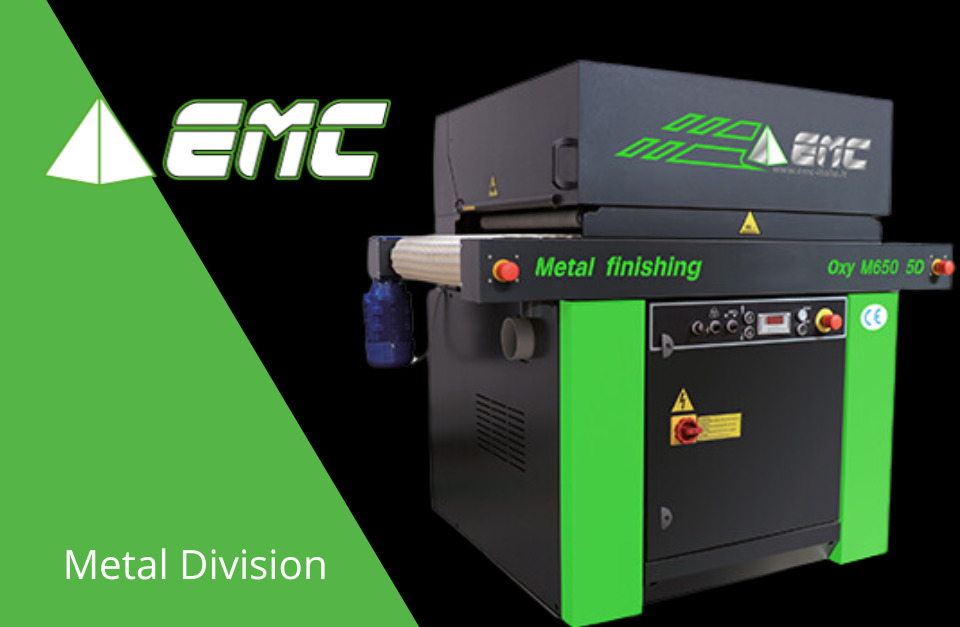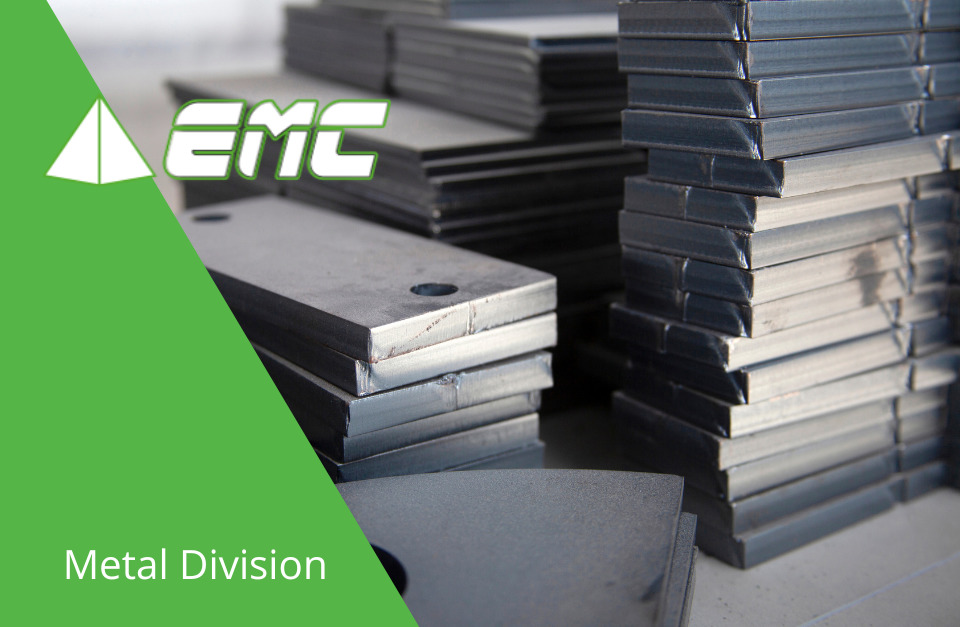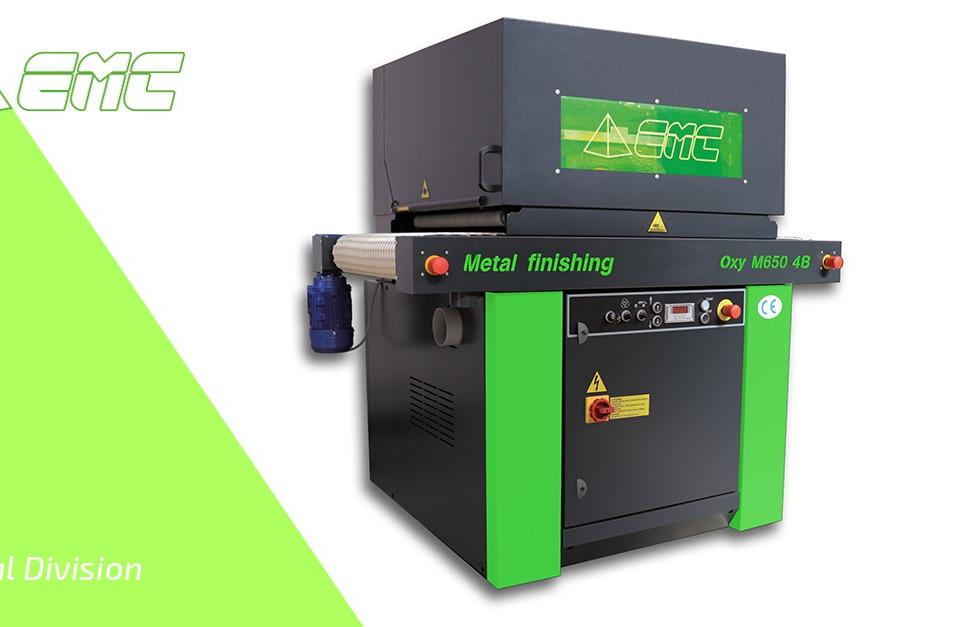
La raggiatura non sarà più la stessa con la nuova OXY M650 4B
May 11, 2020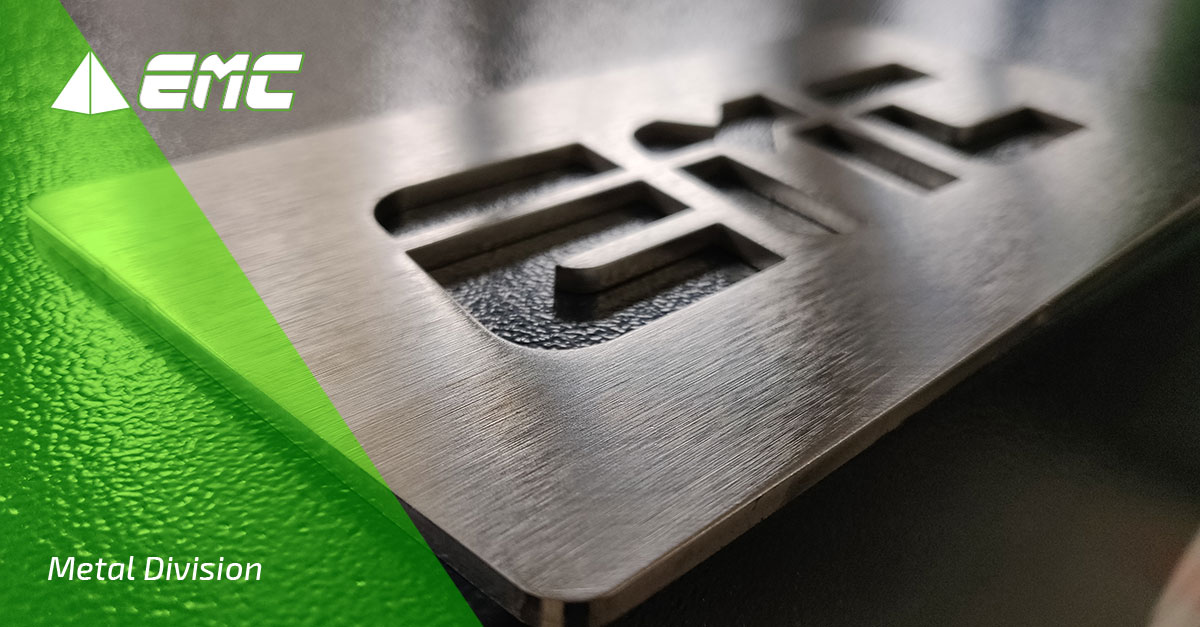
Come scegliere la macchina adatta per la lavorazione del metallo
November 9, 2020L’industria meccanica richiede oggi performance elevatissime nella lavorazione dei metalli e l’utilizzo di macchine in grado di trasformare forma e dimensione di oggetti. Il risultato che ne consegue riguarda prodotti finiti di carpenteria metallica leggera e pesante, come piastre, flange, carter ed ancora tubi con sezioni quadrate o rettangolari.
Negli ultimi anni l’installazione di macchine automatiche per la lavorazione del metallo ha portato un’enorme evoluzione nei reparti produttivi della grande industria, consentendo anche la digitalizzazione e il perfezionamento dei processi di produzione.
Si tratta di un notevole vantaggio per i clienti che possono aumentare la loro competitività nel mercato e garantire il proprio livello di qualità del prodotto finito.
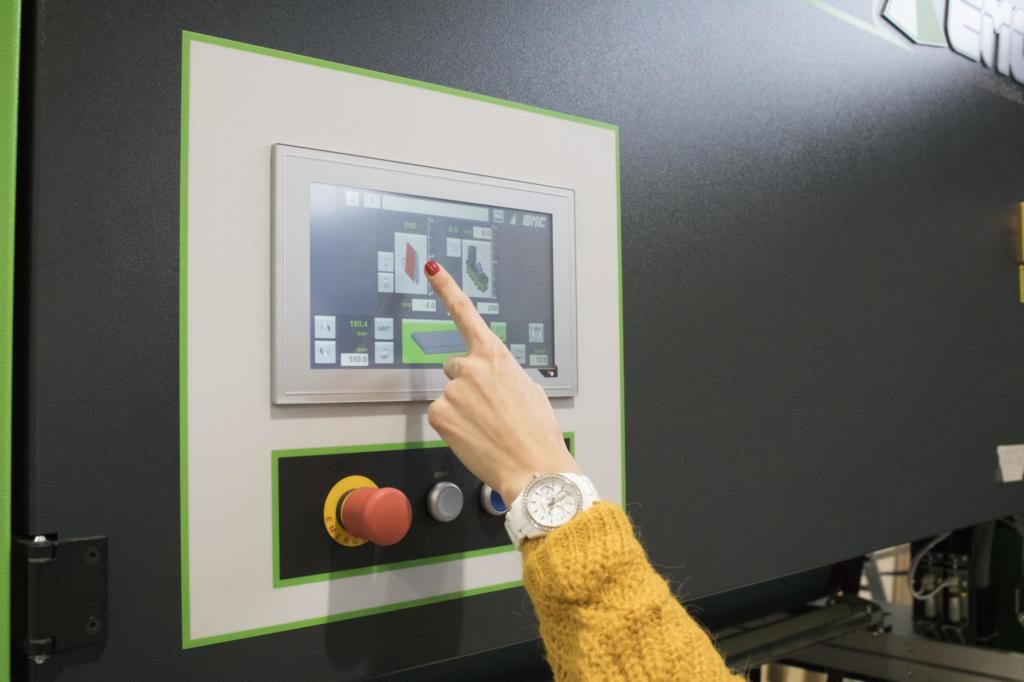
LE TIPOLOGIE DI LAVORAZIONI
Le lavorazioni del metallo che si possono svolgere con le nostre macchine sono molteplici:
- Sbavatura
- Satinatura
- Raggiatura
- Rimozione calamina
- R2
Vediamo ora nel dettaglio cosa si ottiene da ogni singolo processo di lavorazione e quali macchine utilizzare:
SBAVATURA
Il processo di sbavatura consiste nell’asportazione delle bave, cioè di quella parte di materiale che figura in eccesso nei prodotti ottenuti con stampaggio oppure con lavorazioni meccaniche o di taglio. La sbavatura ha dunque come obiettivo quello di rendere pulito il pezzo ottenuto ed è mirata ad eliminare il materiale in eccesso lungo i contorni e tra le giunzioni.
Macchine che effettuano questa lavorazione:
- Easy M1100
- Flexy M1350
- Giant M1350-1650
- OXY M650 4B
- OXY M650 5D
SATINATURA
La satinatura superficiale rappresenta uno specifico trattamento di finitura estetica dei metalli. Mediante l’utilizzo di appositi nastri abrasivi, la macchina è in grado di eliminare le imperfezioni superficiali presenti sui pezzi e rendere uniforme la finitura. La satinatura è anche utilizzata per preparare il pezzo alla lucidatura grazie ad una sequenza di nastri di diverse grane.
Macchine che effettuano questa lavorazione:
- Easy M1100
- Flexy M1350
- Giant M1350-1650
RAGGIATURA
La raggiatura degli spigoli è spesso un requisito tecnico essenziale per garantire la funzionalità di questi componenti. Soprattutto nel processo di veriniciatura, la raggiatura degli spigoli è essenziale per garantire la qualità del prodotto finito. Prima della lavorazione gli spigoli sono ad angolo retto, dopo la lavorazione gli stessi spigoli avranno un raggio che potrà misurare oltre i 2 mm (vedi sezione R2).
Macchine che effettuano questa lavorazione:
- Flexy M1350
- Giant M1350-1650
- OXY M650 4B
- OXY M650 5D
RIMOZIONE CALAMINA
Con la rimozione della calamina si intende l’eliminazione dell’ossido presente sulla superficie o sui bordi del pezzo tagliato. Questa lavorazione è necessaria per preparare il pezzo alla lavorazione successiva come ad esempio la verniciatura o la saldatura.
Macchine che effettuano questa lavorazione:
- Flexy M1350
- Giant M1350-1650
- OXY M650 4B
- OXY M650 5D
R2
Il processo di lavorazione R2 consiste nella raggiatura di 2mm su tutto il perimetro e sulle giunzioni del pezzo, ricavata grazie al lavoro delle spazzole come quelle montate sulle OXY M650 4B. Le larghezze di lavoro disponibili sono 650 e 1350 mm.
Macchine che effettuano questa lavorazione:
- OXY M650 4B
QUALE MACCHINA SCEGLIERE?
La finitura costante ed omogena su tutta la superficie di lavoro, rende le nostre macchine perfette per qualsiasi tipo di lavorazione. Tuttavia la scelta dipenderà da alcuni fattori specifici come la larghezza di lavoro utile richiesta, il carico di lavoro e dalle diverse lavorazioni che si vogliono eseguire in un unico passaggio.

